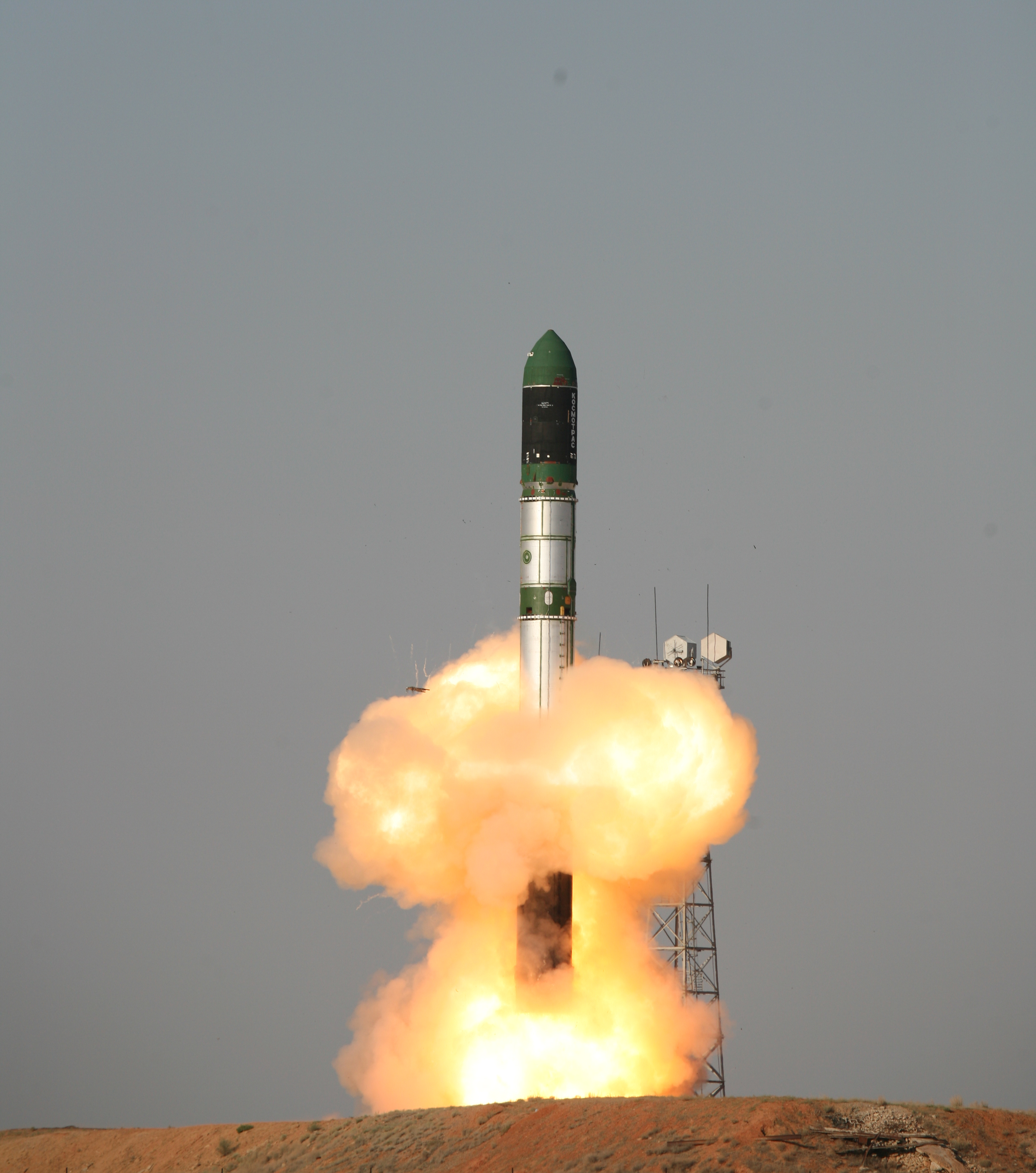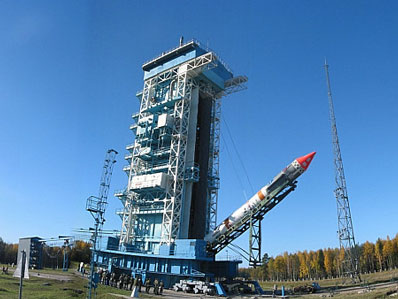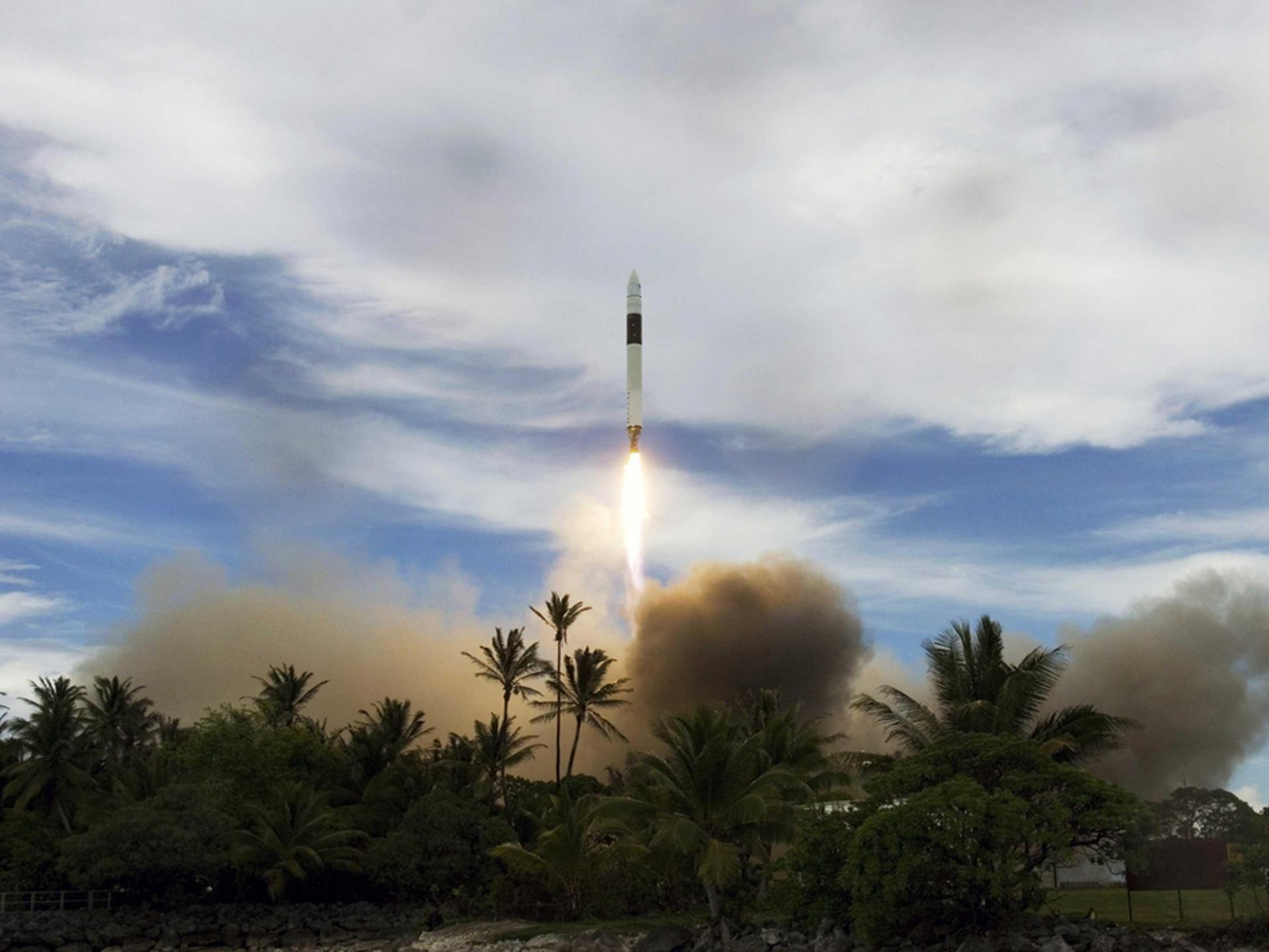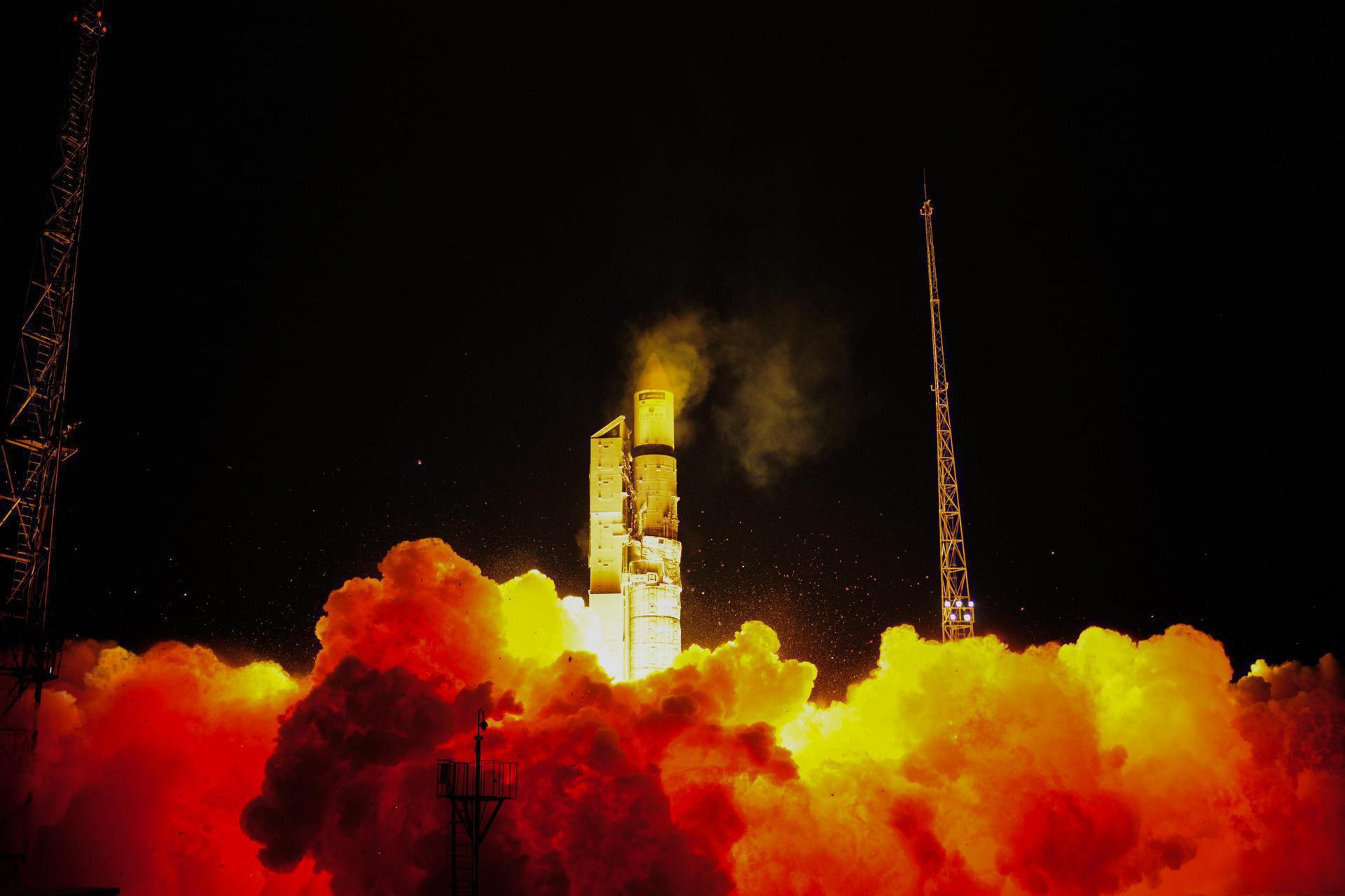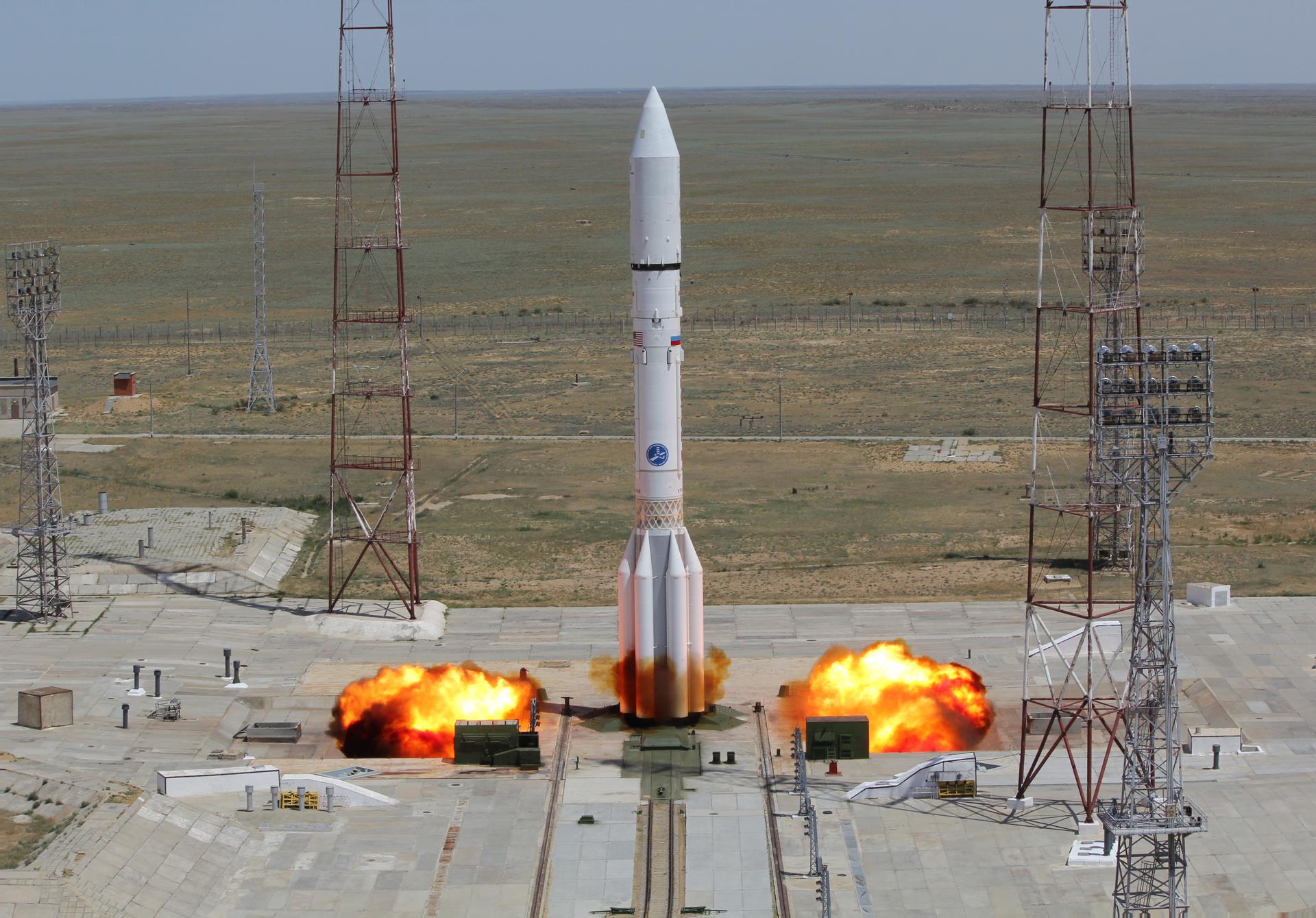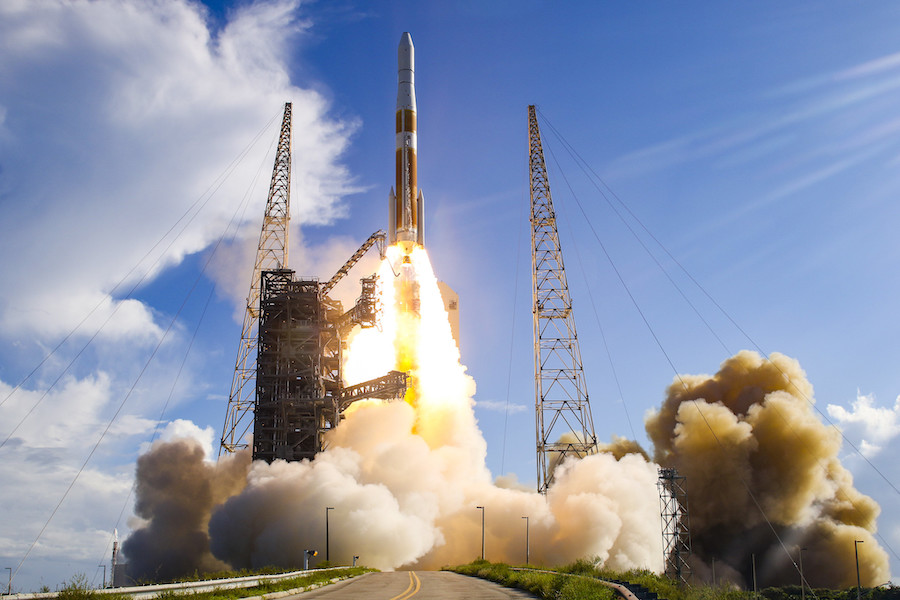Previous Spaceflight Launches
Filter by Agency, Locations or Vehicles
Show All LaunchesDnepr | DubaiSat 1
ISC Kosmotras | RussiaBaikonur Cosmodrome, Republic of Kazakhstan
July 29, 2009, 6:46 p.m.
Soyuz U | Progress M-67
Russian Federal Space Agency (ROSCOSMOS) | RussiaBaikonur Cosmodrome, Republic of Kazakhstan
July 24, 2009, 10:56 a.m.
Kosmos-3M | Parus 98
Russian Space Forces | RussiaPlesetsk Cosmodrome, Russian Federation
July 21, 2009, 3:57 a.m.
Space Shuttle Endeavour / OV-105 | STS-127
National Aeronautics and Space Administration | United States of AmericaKennedy Space Center, FL, USA
July 15, 2009, 10:03 p.m.
Status: Launch Successful
Mission:
STS-127 (ISS assembly flight 2J/A) was a NASA Space Shuttle mission to the International Space Station (ISS). It was the twenty-third flight of Space Shuttle Endeavour. The primary purpose of the STS-127 mission was to deliver and install the final two components of the Japanese Experiment Module: the Exposed Facility (JEM EF), and the Exposed Section of the Experiment Logistics Module (ELM-ES). When Endeavour docked with the ISS on this mission in July 2009, it set a record for the most humans in space at the same time in the same vehicle, the first time thirteen people have been at the station at the same time. It also tied the record of thirteen people in space at any one time.
Low Earth OrbitFalcon 1 | RazakSAT
SpaceX | United States of AmericaRonald Reagan Ballistic Missile Defense Test Site, Kwajalein Atoll, Marshall Islands
July 14, 2009, 3:36 a.m.
Rokot / Briz-KM | Strela-3 140 & 141
Russian Aerospace Defence Forces | RussiaPlesetsk Cosmodrome, Russian Federation
July 6, 2009, 1:26 a.m.
Ariane 5 ECA | TerreStar-1
ArianeGroup | FranceGuiana Space Centre, French Guiana
July 1, 2009, 5:52 p.m.
Status: Launch Successful
Mission:
An American communications satellite operated by TerreStar Corporation. Constructed by SSL is provides mobile communications to North America, and at the time of its launch was the larest commercial communications satellite ever built. It operates in geostationary orbit at 111 degrees West.
Geostationary Transfer OrbitProton-M | Sirius FM-5
Khrunichev State Research and Production Space Center | RussiaBaikonur Cosmodrome, Republic of Kazakhstan
June 30, 2009, 7:10 p.m.
Delta IV M+(4,2) | GOES-14
United Launch Alliance | United States of AmericaCape Canaveral SFS, FL, USA
June 27, 2009, 10:51 p.m.
Zenit | Measat 3A
Land Launch | RussiaBaikonur Cosmodrome, Republic of Kazakhstan
June 21, 2009, 9:50 p.m.
